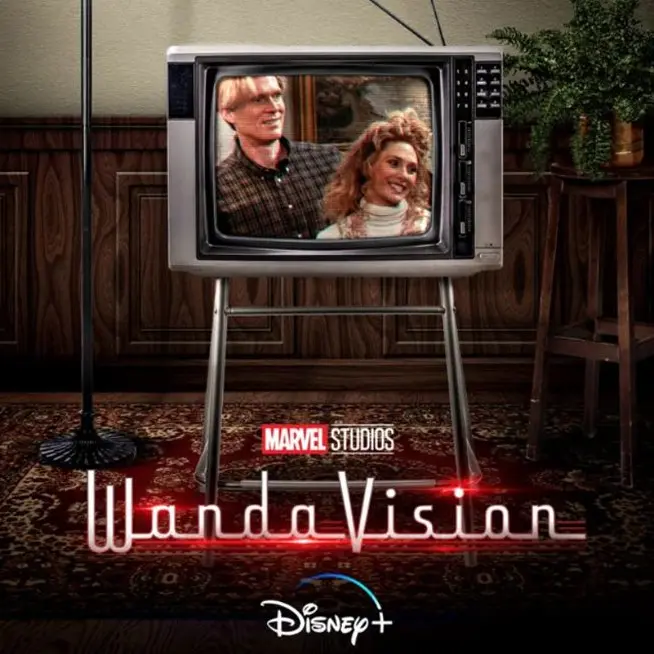WandaVision is telling a story about one woman’s efforts to save herself from her sadness
-

"the show-within-a-show format teases the existence of a world outside of Wanda’s, indicating something more ambitious to come," says Shirley Li of the Disney+ Marvel series. "But so far, WandaVision is telling a story not about an epic struggle to save humanity, but about one woman’s efforts to save herself from her sadness. She’s not the first superhero to be affected acutely by emotional pain; everyone knows that quote about great power and great responsibility. Yet for an MCU project, the choice to focus on Wanda’s inner life is revolutionary. In the films, characters don’t get much time to grieve. The Avengers had one scene in Endgame to mourn the death of a teammate, followed by a cameo-filled (but dialogue-free) funeral to say goodbye to another. Superheroes also rarely sit still in the face of loss: Significant deaths usually motivate them into action. All of Endgame is about characters who refuse to accept the deaths from the preceding film, going so far as to travel through time to revive their friends. The typical superhero story challenges the limits of a character’s physical abilities, but Wanda’s plight tests her emotional strength. Her powers, after all, seem to have already helped her revive Vision, but her wishful thinking fuels the daydream they’re in. This show suggests that dwelling on what could have been to avoid a reality that hurts is the kind of human instinct that can ensnare even a superhero. 'Who’s doing this to you, Wanda?' a disembodied voice asks her in Episode 2, interrupting a radio playing ’60s tunes. Wanda doesn’t respond, and only looks unsettled by the question. Perhaps she doesn’t know the answer. Or perhaps, deep down, she knows she’s the one doing this to herself."
ALSO:
- WandaVision has an uncanny resemblance to The Twilight Zone, presenting a seemingly normal world where something is amiss
- Head writer Jac Schaeffer recalls her "tough, bleak moment" writing the pilot
- WandaVision brings some much-needed romance to the Marvel Cinematic Universe
- How did sitcom veteran Debra Jo Rupp end up on WandaVision?
- Elizabeth Olsen discusses the events of Season 3
- Olsen explains why Wanda's changing accent
- Was a WandaVision "fail" deliberate?
TOPICS: WandaVision, Disney+, Elizabeth Olsen, Marvel
More WandaVision on Primetimer:
